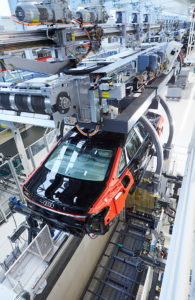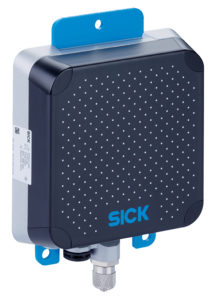Smallest RFID Reader Enhances Tracking of Small Automotive Parts
In today's automotive production, radio frequency identification (RFID) technology has rapidly become the leading method for automated track and trace processes. Automotive manufacturers use RFID to track car parts throughout the assembly line process. An RFID reader communicates via an antenna to chips inside various tags that are attached to items to be tracked.

It's important for the tags to be visible throughout the whole supply chain so that the parts can be tracked accurately through the system and process data can be collected. However, much of the RFID technology on the market has remained virtually the same for many years and has not progressed to meet modern production needs. Large RFID readers are common and work very well for the detection of tags on large parts, like car bodies. They do, however, pose a number of challenges when needing to detect smaller parts in automotive production.

This is where SICK can help. As the smallest RFID reader on the market, SICK's RFU61x requires minimal installation space, but still maintains a high standard in scanning range, reliability, and connectivity.
One customer of SICK’s, Audi AG, has taken the RFU61x and successfully revitalized their automotive production. The Audi A8 is now being manufactured in Neckarsulm, Germany with greater efficiency than ever before thanks to an RFID-based identification solution. UHF RFID read/write devices from SICK are used to reliably identify passive RFID labels on vehicles in every step of the production process.
Learn more about the world's smallest RFID reader on the market with a case study featuring Audi AG.






